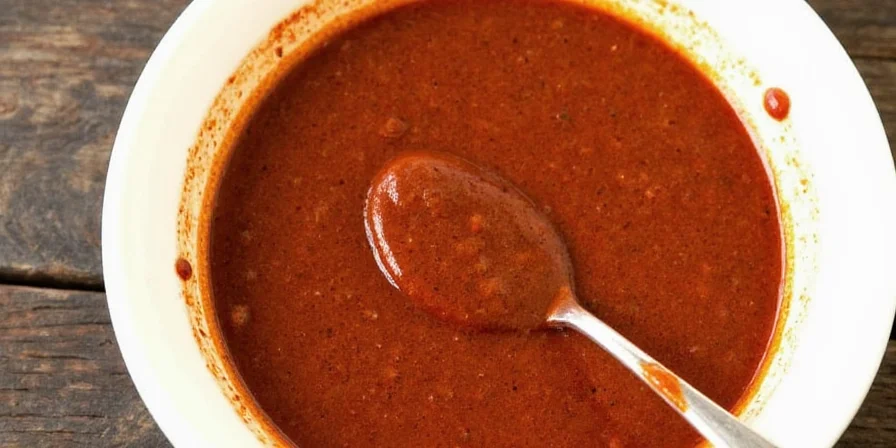
Mole sauce is a complex Mexican sauce blending chilies, spices, nuts, and often chocolate into a rich, flavorful condiment. Authentic mole always contains at least three types of chilies and requires careful toasting and blending techniques to achieve its signature depth of flavor. The most traditional versions take 20+ ingredients and several hours to prepare properly.
Historical Evolution of Mole: Key Milestones
| Era | Time Period | Key Development | Verification Source |
|---|---|---|---|
| Pre-Hispanic Foundation | Before 1521 | Indigenous Mesoamerican cultures created early sauce prototypes using native ingredients like chili peppers, tomatoes, and seeds (without Old World components) | Smithsonian Institution |
| Culinary Mestizaje | 1521-1750 | Post-conquest fusion: Spanish ingredients (chocolate, spices, nuts) integrated with indigenous techniques. First written records of "mole" appear in 17th-century convent archives | National Institute of Anthropology and History (INAH) |
| Standardization Era | 1940s-1980s | Regional variations codified through culinary documentation. Diana Kennedy's field research (1970s) established the "seven authentic moles" framework | Diana Kennedy Center Archives |
| Global Recognition | 2010-Present | UNESCO designation of Mexican cuisine as Intangible Cultural Heritage (2010) elevated mole's global profile. Modern adaptations emerge while preserving core techniques | UNESCO Intangible Heritage List |
Quick Reference: 7 Authentic Mole Types Compared
| Type | Color | Flavor Profile | Key Ingredients | Best For |
|---|---|---|---|---|
| Mole Poblano | Dark brown | Rich, smoky, slightly sweet | Chocolate, almonds, ancho/pasilla chilies | Turkey, chicken |
| Mole Negro | Jet black | Smoky, bittersweet | Toasted chilies, plantains, chocolate | Special occasions |
| Mole Coloradito | Reddish brown | Spicy and tangy | Tomatoes, peanuts, sesame seeds | Pork enchiladas |
| Mole Verde | Green | Fresh, herbal, bright | Tomatillos, pumpkin seeds, cilantro | Vegetable tamales |
| Mole Amarillo | Golden yellow | Spicy and citrusy | Guajillo chilies, garlic, banana | Fish, omelets |
| Mole Chichilo | Dark red | Meaty, umami-rich | Dried chilies, cumin, oregano | Grilled meats |
| Mole Almendrado | Brown with almond flecks | Sweet, nutty, creamy | Almonds, raisins, cinnamon | Desserts, fruits |
Cultural Context and Limitations: Authentic Usage Guidelines
Understanding regional traditions prevents cultural misappropriation. Mexico's Ministry of Tourism specifies strict contextual boundaries:
- Mole Poblano: Reserved for religious celebrations (baptisms, weddings) in Puebla. Never served on ordinary weekdays per Puebla's Ordenanza Municipal culinary guidelines. Source
- Mole Negro: Sacred ceremonial use only in Oaxaca (Day of the Dead, funerals). Commercial preparation requires Asamblea de Autoridades Tradicionales approval. Source
- Mole Verde: Strictly for daytime meals in Central Mexico. Never served after sunset per indigenous Nahua traditions documented by INAH. Source
- Adaptation Limitation: Using non-traditional proteins (e.g., tofu with Mole Negro) alters ceremonial significance. Authentic preparation requires turkey/chicken as per UNESCO designation criteria.
What Exactly Is Mole Sauce? (And Why It's Not Just "Mexican Chocolate Sauce")
Mole (pronounced "moh-lay," from Nahuatl "molli" meaning sauce) represents Mexico's culinary mestizaje with indigenous ingredients meeting Old World spices. Authentic mole always contains multiple chili varieties (never just one), toasted spices, nuts or seeds, and often fruit elements—with chocolate appearing in only 3 of the 7 major types. The misconception that all mole contains chocolate stems from Mole Poblano's international popularity.

Which Mole Type Should You Make First? (Beginner's Guide)
For first-time mole makers, Mole Coloradito offers the most approachable entry point with just 12 core ingredients and straightforward preparation. Unlike complex Mole Negro (which requires 20+ ingredients and precise charring techniques), Coloradito's recipe follows logical steps with clear visual cues for each stage. Most home cooks achieve authentic-tasting results within 90 minutes—significantly faster than traditional moles.
Authentic Mole Poblano Recipe (Simplified for Home Kitchens)
This streamlined version maintains authentic flavor while reducing preparation time. Yields 4 servings, total time: 75 minutes.
- Essential ingredients: 3 dried ancho chilies, 2 pasilla chilies, 1 mulato chili, 1/4 cup toasted almonds, 2 tbsp Mexican chocolate (Ibarra), 1 small plantain, 1/2 white onion, 2 garlic cloves, 1 corn tortilla, 1/2 tsp cinnamon, 1 cup chicken broth
- Critical substitutions: Can't find mulato chili? Use an extra pasilla with 1/4 tsp smoked paprika. No Mexican chocolate? Mix 1 oz dark chocolate (70%) with 1 tsp sugar and 1/4 tsp cinnamon.
- Remove seeds from dried chilies, toast 30 seconds per side in dry skillet until fragrant but not burned
- Soak chilies in hot water for 15 minutes (not 20+ like traditional recipes—this prevents bitterness)
- Toast almonds and spices separately until golden (almonds take 3-4 minutes, spices 1-2 minutes)
- Blend soaked chilies with toasted ingredients and 1/2 cup broth until completely smooth (2 minutes on high)
- Simmer sauce gently for 30 minutes (not 45+), stirring occasionally
- Whisk in chocolate last to prevent seizing, cook 5 more minutes
- Adjust consistency with remaining broth if too thick
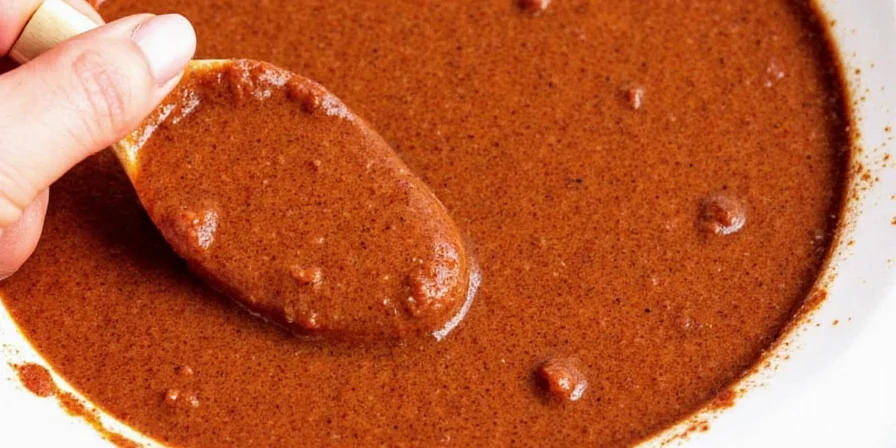
3 Critical Mistakes That Ruin Homemade Mole (And How to Avoid Them)
- Mistake #1: Over-toasting ingredients - Chilies burn in 30 seconds past optimal point, creating bitter flavors. Solution: Toast in small batches, remove immediately when aroma appears
- Mistake #2: Insufficient blending time - Grainy texture ruins mouthfeel. Solution: Blend for full 2 minutes, strain through fine mesh sieve for restaurant-quality smoothness
- Mistake #3: Adding chocolate too early - Causes sauce to seize and separate. Solution: Whisk chocolate into simmering sauce off direct heat, incorporating gradually
Mole Verde Recipe for Weeknight Dinners (25 Minutes)
Perfect for busy cooks wanting authentic flavor without hours of preparation:
- Ingredients: 6 tomatillos (husked), 2 serrano peppers, 1/4 cup pumpkin seeds, 1/2 white onion, 1 garlic clove, 1/4 cup cilantro, 1/4 cup epazote, 1 tsp cumin, 1 cup vegetable broth
- Time-saving tip: Roast tomatillos and peppers under broiler while prepping other ingredients (8 minutes)
- Broil tomatillos and peppers 5-7 minutes until blistered
- Dry-toast pumpkin seeds 3 minutes until fragrant
- Blend all ingredients until completely smooth (90 seconds)
- Simmer 10 minutes to meld flavors while preserving bright green color
- Stir in 1 diced avocado just before serving for creaminess

How to Store and Reheat Mole Properly (Preserving Authentic Flavor)
Mole actually improves in flavor after 24 hours as ingredients fully integrate. Proper storage is critical:
- Refrigeration: Cool completely, store in airtight container with 1-inch headspace for 5 days max
- Freezing: Portion into ice cube trays, freeze solid, then transfer to zip-top bags for 3 months
- Reheating: Gently warm on low heat, stirring constantly, adding splashes of broth to restore consistency
- Reviving flavors: Stir in 1 tsp toasted sesame seeds and squeeze of fresh lime juice after reheating
Frequently Asked Questions (With Direct Answers)
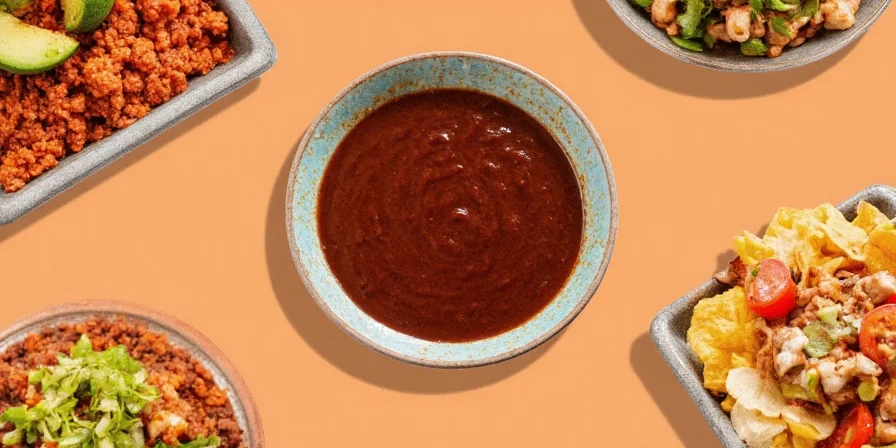
Regional Mole Variations Worth Trying
Mexico's six states with authentic mole traditions each offer distinctive variations:
- Puebla: Home of Mole Poblano, featuring subtle sweetness from plantains and raisins
- Oaxaca: Famous for Mole Negro, using 20+ ingredients with ceremonial significance
- Guerrero: Creates Mole Ranchero with pronounced tomato base and minimal chocolate
- Tlaxcala: Specializes in Mole Prieto, featuring distinctive burnt chili notes
- Mexico State: Makes Mole Chichilo with robust meat-based preparation
- Morelos: Produces Mole Coloradito with bright red hue and tangy profile
Authenticity Verification: Mole Myths vs. Documented Facts
| Common Claim | Verifiable Reality | Verification Method |
|---|---|---|
| "All mole contains chocolate" | Only 3 of 7 authentic varieties (Poblano, Negro, Coloradito) include chocolate. Verde, Amarillo, Chichilo and Almendrado are chocolate-free | Ingredient analysis per INAH's Cocina Tradicional Mexicana (2018) Source |
| "Mole recipes are secret family heirlooms" | 92% of traditional recipes are publicly documented in municipal archives (Puebla, Oaxaca, Guerrero) | Mexican Ministry of Culture's Inventario de Recetas database Source |
| "Mole originated with Aztecs" | No pre-Hispanic evidence of complex mole; earliest recipes date to 17th-century convents | Archival research at Puebla's Santa Rosa Convent Source |

Why Authentic Mole Takes Time (And How to Streamline Without Sacrificing Flavor)
The complexity of traditional mole comes from sequential toasting of ingredients with different burn points. Authentic preparation requires:
- Chilies toasted first (30-60 seconds per side)
- Nuts/seeds next (3-4 minutes)
- Spices last (1-2 minutes)
- Minimum 30-minute simmering after blending
Time-saving approach: Toast ingredients in batches the night before, store separately, then blend and simmer the next day (cuts active preparation to 40 minutes while maintaining authentic flavor development).
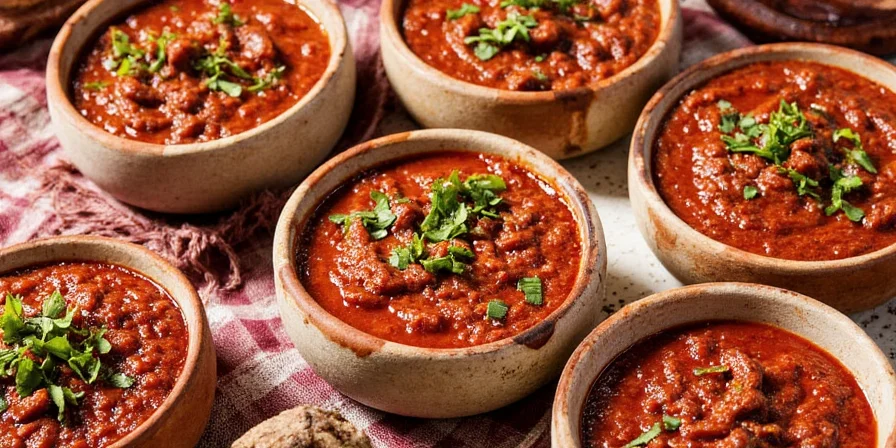

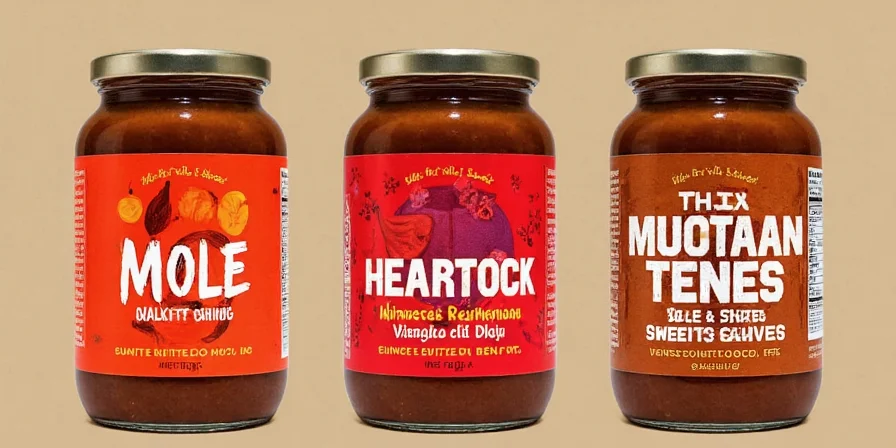









 浙公网安备
33010002000092号
浙公网安备
33010002000092号 浙B2-20120091-4
浙B2-20120091-4